Most gemstones are beautiful, durable, rare minerals which form in the earth. Other gems, such as marble and lapis lazuli, are rocks. Still others, like pearl, coral, amber and ivory, are produced by living organisms.
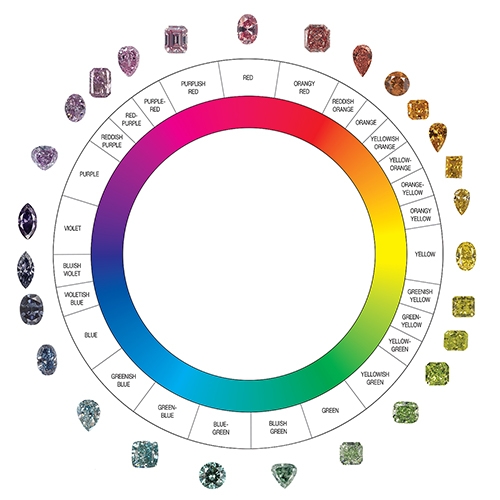
Often, color impacts a gemstone’s value more so than cut and clarity. When a gemstone possesses the most desirable color for its variety, we say it has “fine” color. Gems that are endowed with only one hue are usually rarer and more valuable than gems with multiple hues. For example, a pure red ruby is preferred over one with orange or purple hues. The vibrant green of an emerald, or the radiant blue of a sapphire can compensate for inclusions or a less-than-excellent cut.
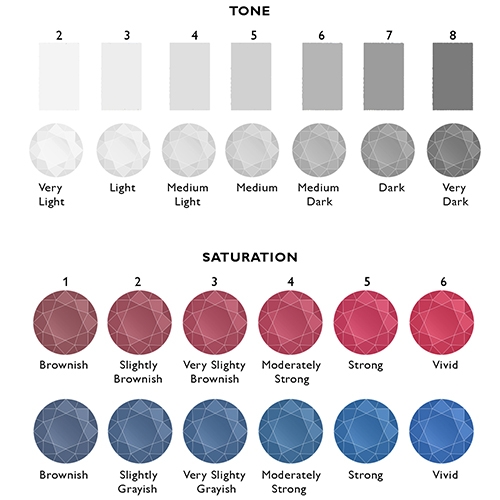
A gem’s tone is the lightness or darkness of its color, and its saturation is the color’s strength or intensity. Saturation plays a large part in determining a gem’s value. Generally, gems with saturated hues and medium to medium-dark tones are the most coveted. Gems can appear to change color when viewed under different light sources. For best results, view gems under daylight-balanced fluorescent lighting.
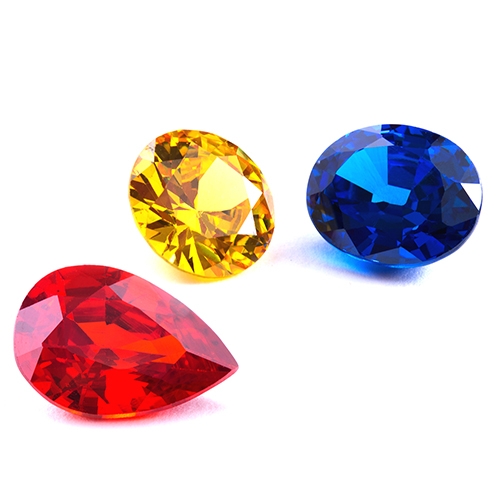
The cut of a gemstone can be classified as excellent, very good, good, fair or poor. A masterfully cut gem highlights its color when viewed face-up. A skilled cutter’s top priority is to produce a gem with the highest possible value. There are three main styles of cuts: brilliant cut, step cut and mixed cut. A brilliant cut gem has triangular facets, such as in a brilliant-cut diamond. A step cut has rows of square or rectangular facets, like an emerald cut or baguette. A mixed cut is a combination of brilliant and step facets in the same gem, such as oval, marquise, antique or pear shapes.
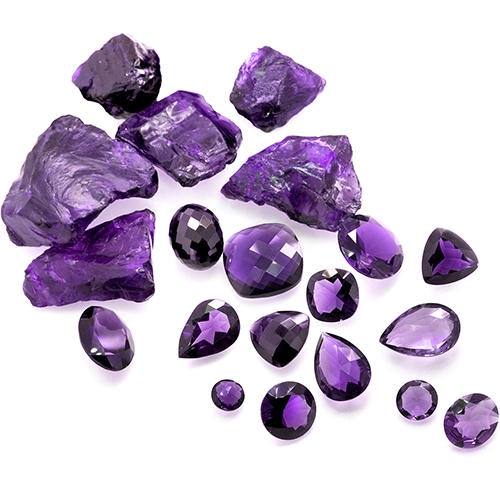
A cut and polished gem begins as a piece of “rough.” The size and shape of the rough helps determine the style and size of the finished gem. When the rough is rare and expensive, like ruby for example, the cutter aims to preserve as much weight as possible in the finished gem. First, the cutter removes flaws or heavily included areas. Next, the cutter determines whether the rough will become one large stone or several smaller ones and saws the rough into sections accordingly, removing waste and giving it some shape. Then the cutter gives it more shape by grinding, preparing it for faceting; this shape is called a preform. Next, the finishing process begins with faceting. Lastly, the gemstone is polished, revealing its brilliance and color.
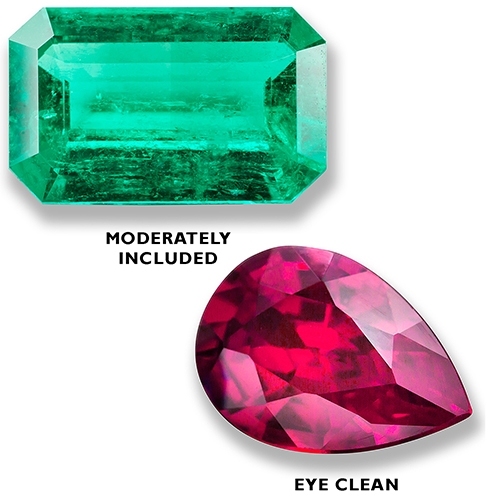
Clarity refers to the absence of inclusions or blemishes in a gemstone. Inclusions are characteristics that are enclosed within the gem or reach the surface from the inside, whereas blemishes are on the surface. A gemstone’s clarity can be classified as eye-clean (no visible inclusions to the unaided eye), slightly included, moderately included, heavily included or severely included. Inclusions are not always a negative. Sometimes inclusions add interest to the gem or enhance its color. Inclusions and blemishes don’t normally affect a gem’s value. However, some inclusions can affect the gem’s brilliance or durability which can impact value, such as breaks in a stone that reach the surface.
We value your privacy
On our website, we use services (including from third-party providers) that help us to improve our online presence. The following categories of cookies are used by us and can be managed in the cookie settings. We need your consent before being able to use these services. Alternatively, you may click to refuse to consent, or access more detailed information and change your preferences before consenting. Your preferences will apply to this website only. You can change your preferences at any time by clearing your browser history/cache or visiting our privacy policy page.
By authorizing third-party services, you allow the placement and the reading of cookies and the use of tracking technologies required to keep our website reliable and secure.